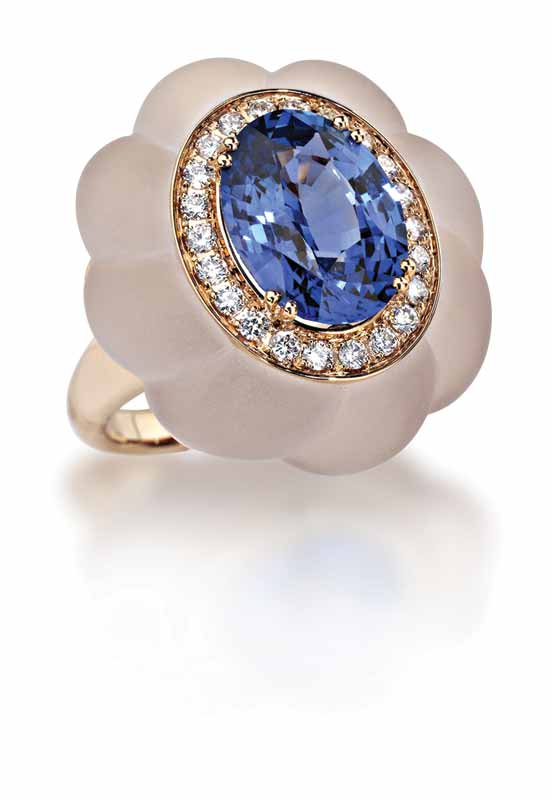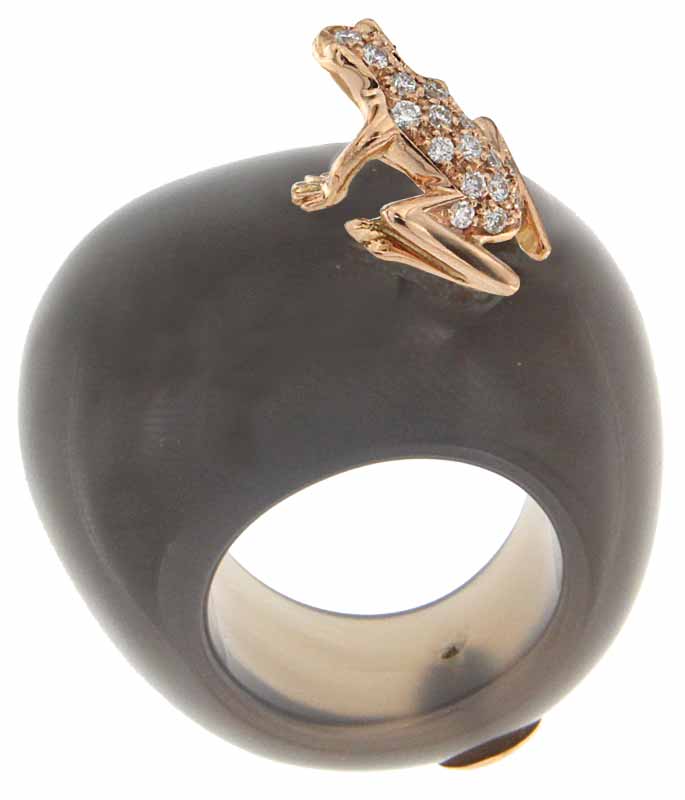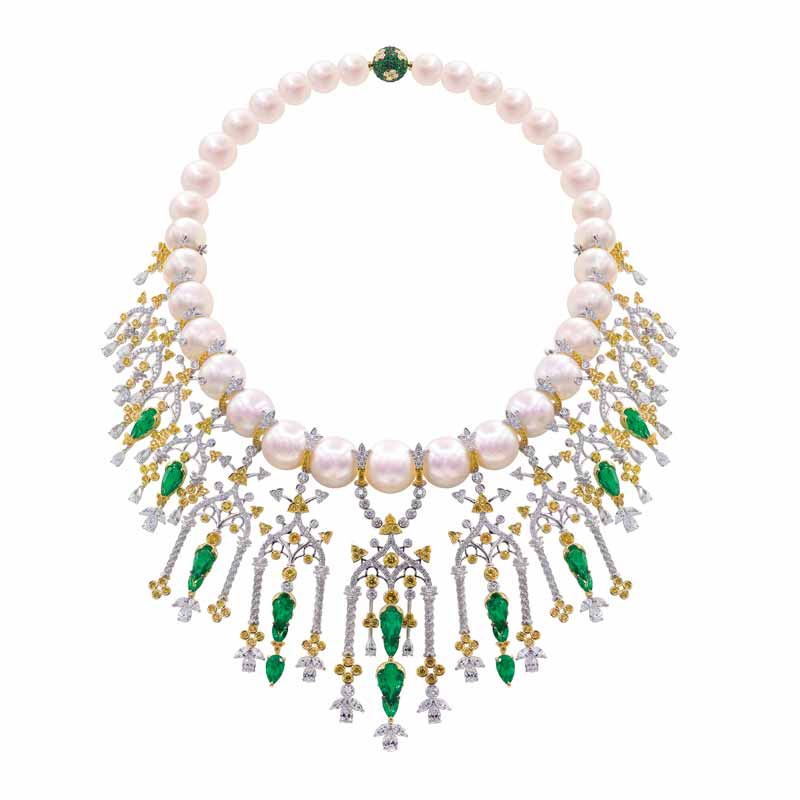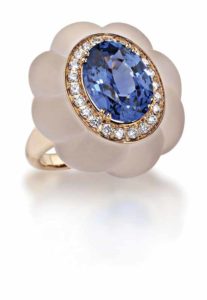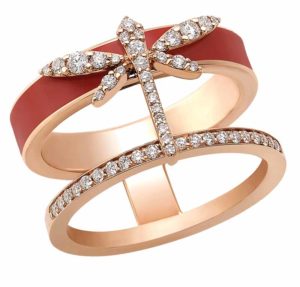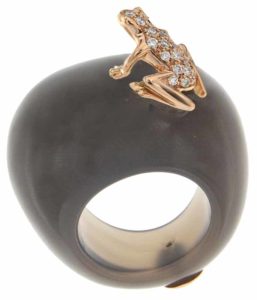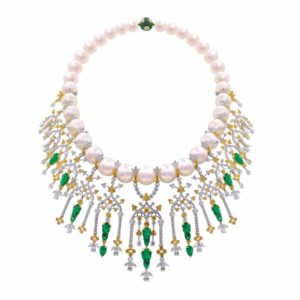Italy’s jewellery industry certainly does seem to have a certain allure, with VicenzaOro September 2018 drawing more than 20,000 visitors from 117 countries. Running from September 22 to 26, the event saw an uptick in visitors from both the United States and China (increasing by 23 and 73 per cent, respectively) and attracted 1500 buyers and 140 journalists. Its organizer, the Italian Exhibition Group (IEG), identifies adaptability as a major contributor to this success.
“The most important thing we do here is provide all our operators and buyers with inspiration for their shops,” said IEG’s jewellery and fashion division director, Marco Carniello. “We think it is the mission of every trade fair operator at every show to support the industry in its evolution.”
IEG is now implementing a number of strategies to help accomplish that. This year, it began marketing VicenzaOro as a ‘show’ instead of a ‘fair,’ with organizers describing ‘shows’ as warmer events with a greater focus on community, sustainability, and a positive experience. Carniello also stresses the importance of the annual TrendVision presentation delivered by industry analyst Paola de Luca, which gives attendees an inside look at where the market might go in the next two years.
However, de Luca points out accurate long-term analysis depends on looking beyond what’s hot now to examine broad social movements. The question is not which styles or materials people like, but which emotions and strategies inform their style choices.
“Jewellery translates society’s changes. It’s really a reflection of history,” she says. “Ten or 20 years from now, a jewel will reflect this particular time in history, our emotional values, our lifestyle, and who we are.”
As the world moves through a period of disruptive social change, de Luca says we can expect to see darker, edgier, and more unconventional styles. She uses the popular bug motif as an example, pointing out how designers have moved away from ‘nicer’ insects like butterflies.
“Now the bugs are less pretty. They are dangerous. They are a little weird,” she says. “The new bug has an edge. The new bug is not cute.”
Echoes of this could already be seen throughout the show floor. Eugenia Shekhtman, creator of Italian luxury brand Anapsara, drew on the concept of a unique bug in her ‘Dragonfly’ collection. She is one of many VicenzaOro exhibitors to bring a spiritual element into her designs.
“The dragonfly is a very spiritual and mysterious insect because it means transformation, rebirth, freedom, and understanding the deeper meaning of life and yourself,” she said. “I was inspired by the beauty of it and the intense meaning it carries.”
Unconventional choices also held strong in the realm of gemstones. Pearls could be found throughout the exhibit hall, as could a variety of semiprecious stones. High-end brand Picchiotti, for example, recently launched a collection combining frosted rock crystal with precious gems. Despite its departure from tradition, the collection is taking off, says the brand’s president, Umberto Picchiotti.
“We are definitely very happy with it because we didn’t expect such a quick reaction,” he tells Jewellery Business. “It’s quite interesting.”
The jewellery is not the only thing undergoing a change, Picchiotti adds. The show itself is also transforming.
“I think it’s becoming more exclusive. They’ve created this beautiful pavilion for high-end jewellery,” he says. “VicenzaOro is little by little becoming the most important jewellery show for fine jewellery in Europe. Hopefully, in the future, we’ll get more attention from other parts of the world.”
This sense of growth and shifting ground was pervasive. For example, Aaron Shum (president of Aaron Shum Jewellery) unveiled two pieces set with Guinness World Record-breaking amounts of diamonds on opening day. A cell phone case featured 6576 diamonds (18.95 ctw) and a lipstick case was set with 2216 (18.6 ctw). Why go to the trouble? To keep the industry moving, Shum explains.
“Three thousand years ago, our ancestors made circles, put them on their fingers, and called them rings. They put decorations on their ears and called them earrings. After 3000 years, we’re still doing the same thing. Isn’t it boring?” he said at the unveiling. “We need to do something interesting to attract young people and keep their interest in fine jewellery.”


